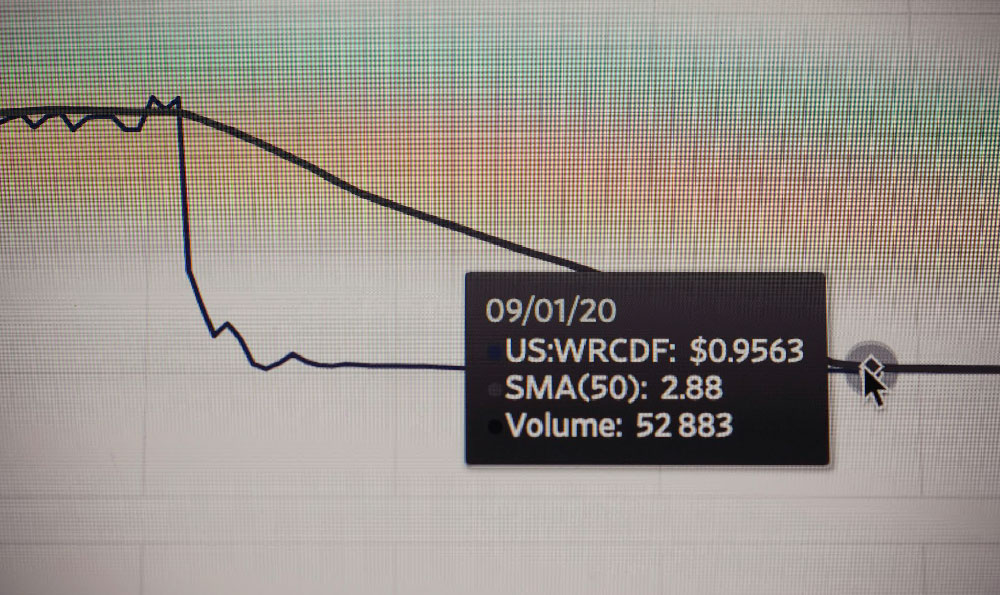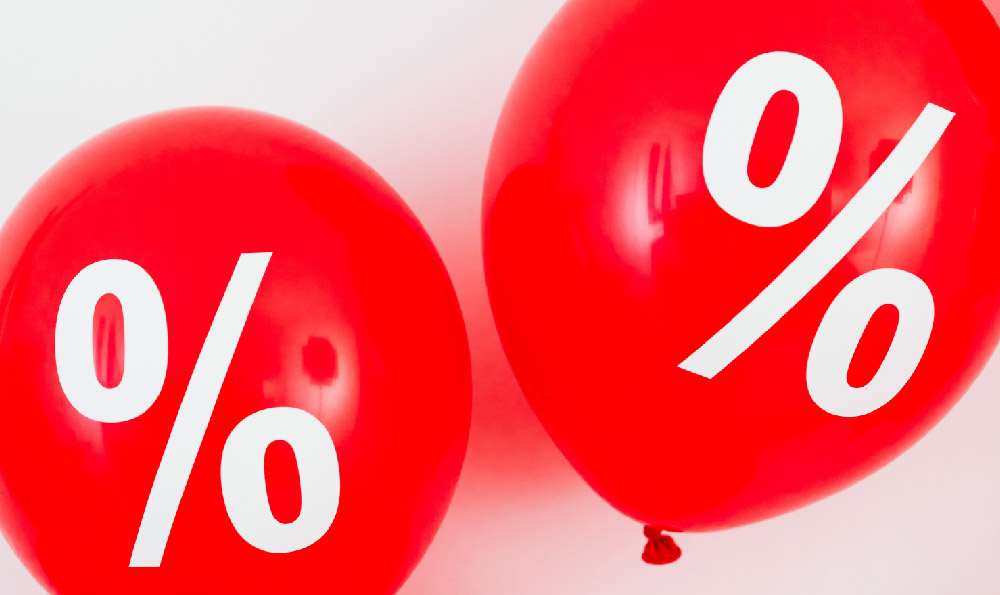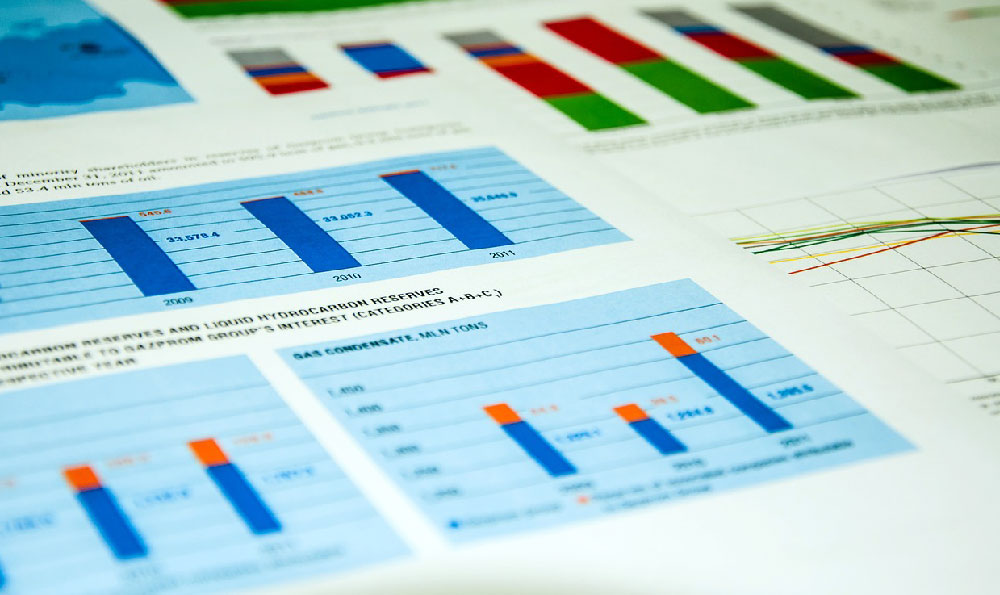The glittering spectacle of the National Football League (NFL) is a multi-billion dollar industry, fueled by passionate fans, high-profile athletes, and captivating entertainment. Among the elements that contribute to the game-day atmosphere are the cheerleaders, individuals who bring energy, athleticism, and visual appeal to the sidelines. However, behind the bright smiles and synchronized routines lies a stark reality: the compensation for NFL cheerleaders often falls far short of what many would expect, considering the demands of the job and the immense revenue generated by the league.
Understanding the earning potential of an NFL cheerleader requires acknowledging that they are typically classified as independent contractors or employees of a third-party agency, rather than direct employees of the NFL teams themselves. This classification impacts their benefits, protections, and ultimately, their pay. As independent contractors, they are responsible for their own taxes, health insurance, and other expenses that would typically be covered by an employer. This structure allows teams to minimize labor costs, but it also leaves cheerleaders vulnerable to low wages and limited recourse in cases of unfair treatment.
The average salary for an NFL cheerleader varies significantly depending on several factors, including the team, experience, and the number of appearances they make. On average, cheerleaders can expect to earn somewhere between $75 and $150 per game day. This figure may seem reasonable at first glance, but it is crucial to consider the amount of time and effort required outside of the actual game. Cheerleaders are expected to attend multiple practices per week, often lasting for several hours each. These practices involve rigorous training, learning complex choreography, and maintaining peak physical condition. They are usually unpaid or compensated at a minimal hourly rate.

Beyond game day and practices, cheerleaders are frequently called upon to participate in promotional events, charity appearances, and community outreach programs. These events can be time-consuming and may require significant travel. While some appearances are paid, others are performed on a volunteer basis. The compensation for these extra duties is often minimal, further contributing to the relatively low overall earnings.
The total annual income for an NFL cheerleader can range from a few thousand dollars to, in rare cases, upwards of $10,000. However, this income is rarely sufficient to sustain a full-time living, forcing many cheerleaders to hold down other jobs or rely on financial support from family. The demanding schedule and low pay can make it challenging to balance cheerleading with other professional or academic pursuits.
The controversy surrounding NFL cheerleader compensation has led to several lawsuits in recent years. These lawsuits have alleged wage theft, unfair labor practices, and violations of minimum wage laws. Some cheerleaders have successfully argued that they should be classified as employees and entitled to minimum wage, overtime pay, and other employee benefits. These legal battles have brought increased attention to the issue and have prompted some teams to improve their compensation practices.
While some teams have increased their pay rates and offered additional benefits, the compensation for NFL cheerleaders remains a point of contention. The argument often centers on the value that cheerleaders bring to the NFL brand. Cheerleaders are integral to the game-day experience, contributing to the entertainment value and engaging with fans. Their image is often used in marketing and promotional materials, further enhancing the team's brand. Given their contribution and the immense profits generated by the NFL, many argue that cheerleaders deserve to be compensated fairly for their time, effort, and dedication.
Moreover, the debate surrounding cheerleader pay also highlights broader issues of gender inequality and the objectification of women in sports. The NFL, like many professional sports leagues, has historically been dominated by men. The cheerleading squads, comprised primarily of women, are often seen as ornamental or decorative elements of the game, rather than valued contributors. This perception can contribute to the undervaluing of their labor and the acceptance of low wages.
Improving the compensation and working conditions for NFL cheerleaders requires a multi-faceted approach. Teams could reclassify cheerleaders as employees, providing them with minimum wage, overtime pay, and benefits. They could also increase the pay rates for game days, practices, and appearances. Transparency in pay structures and clear contracts outlining the terms of employment are crucial for ensuring fair treatment. Beyond monetary compensation, providing cheerleaders with access to health insurance, professional development opportunities, and mental health resources would further enhance their well-being and demonstrate a commitment to their overall welfare.
Furthermore, fostering a culture of respect and appreciation for cheerleaders is essential. Recognizing their contributions as athletes, entertainers, and ambassadors for the team can help to shift perceptions and challenge the historical undervaluing of their labor. Empowering cheerleaders to advocate for themselves and providing them with a platform to voice their concerns can further promote positive change.
In conclusion, while the image of NFL cheerleaders is one of glamour and excitement, the reality of their compensation is often far less appealing. The low wages, demanding schedules, and limited benefits highlight the need for reform in the way cheerleaders are treated and compensated. As the NFL continues to generate billions of dollars in revenue, it is essential that the league prioritizes fair labor practices and ensures that all individuals who contribute to the game-day experience, including the cheerleaders, are adequately compensated for their efforts. Addressing this issue would not only benefit the cheerleaders themselves but would also contribute to a more equitable and ethical environment within the NFL.












